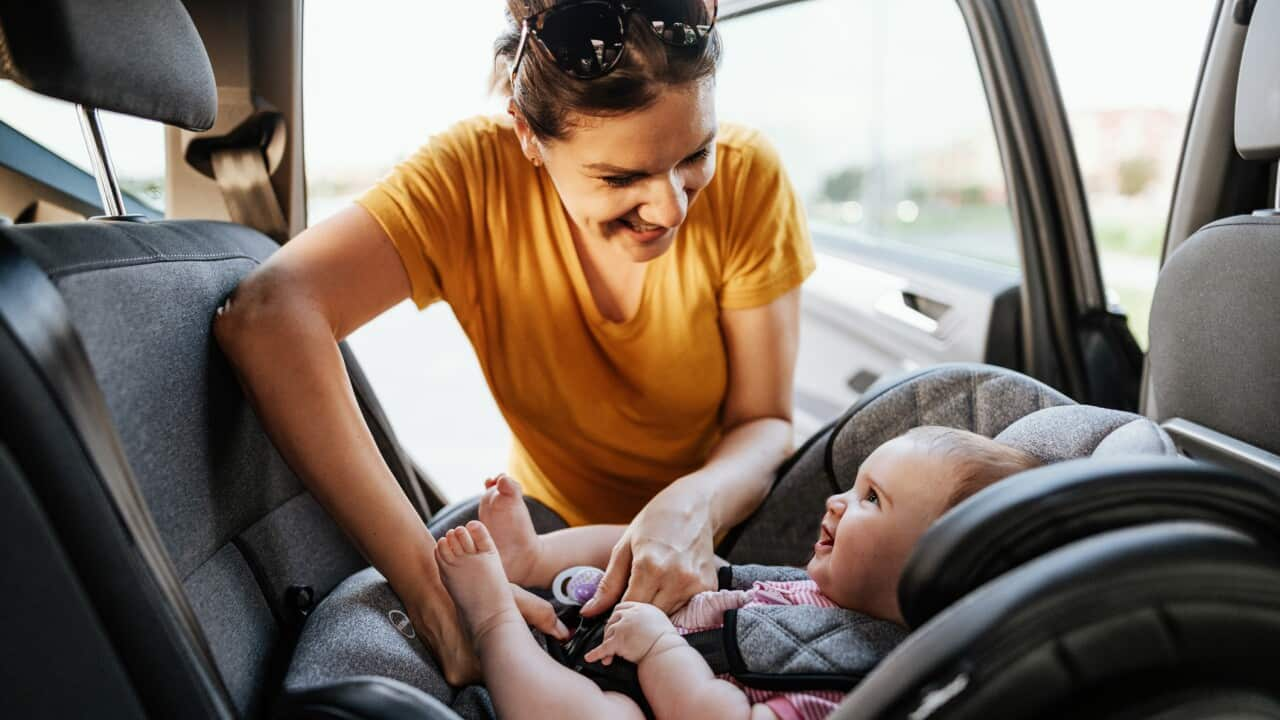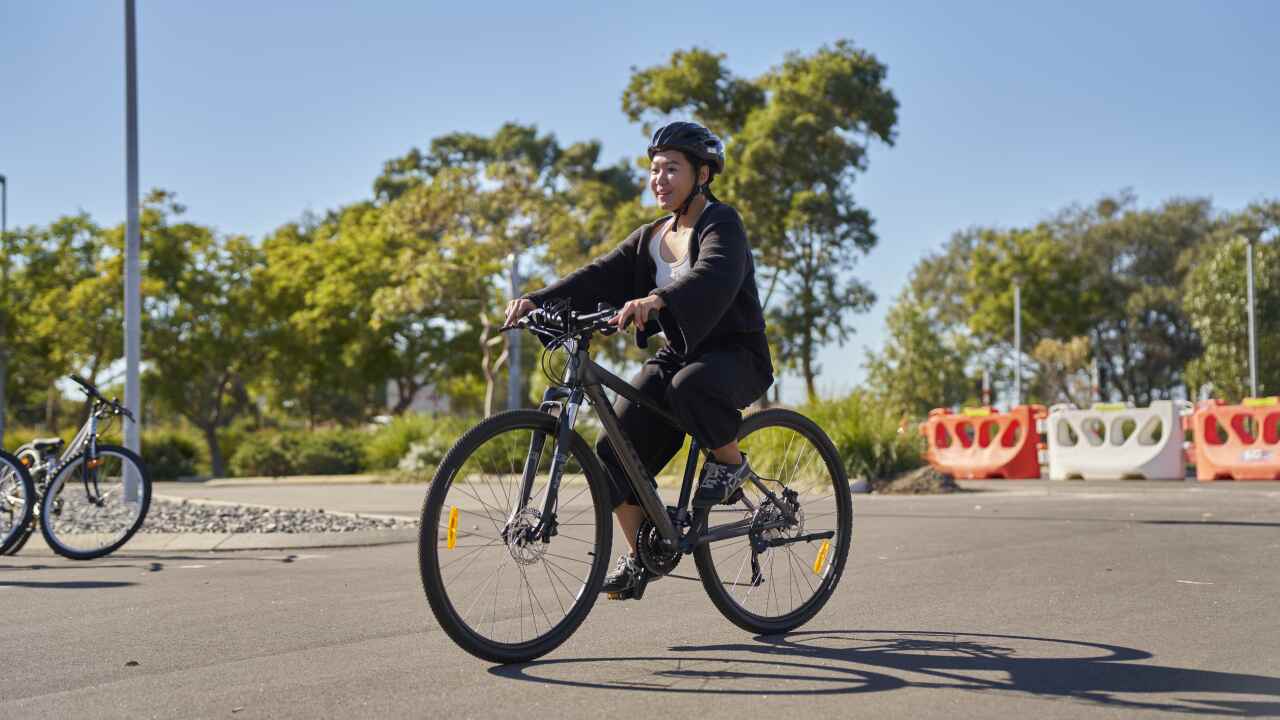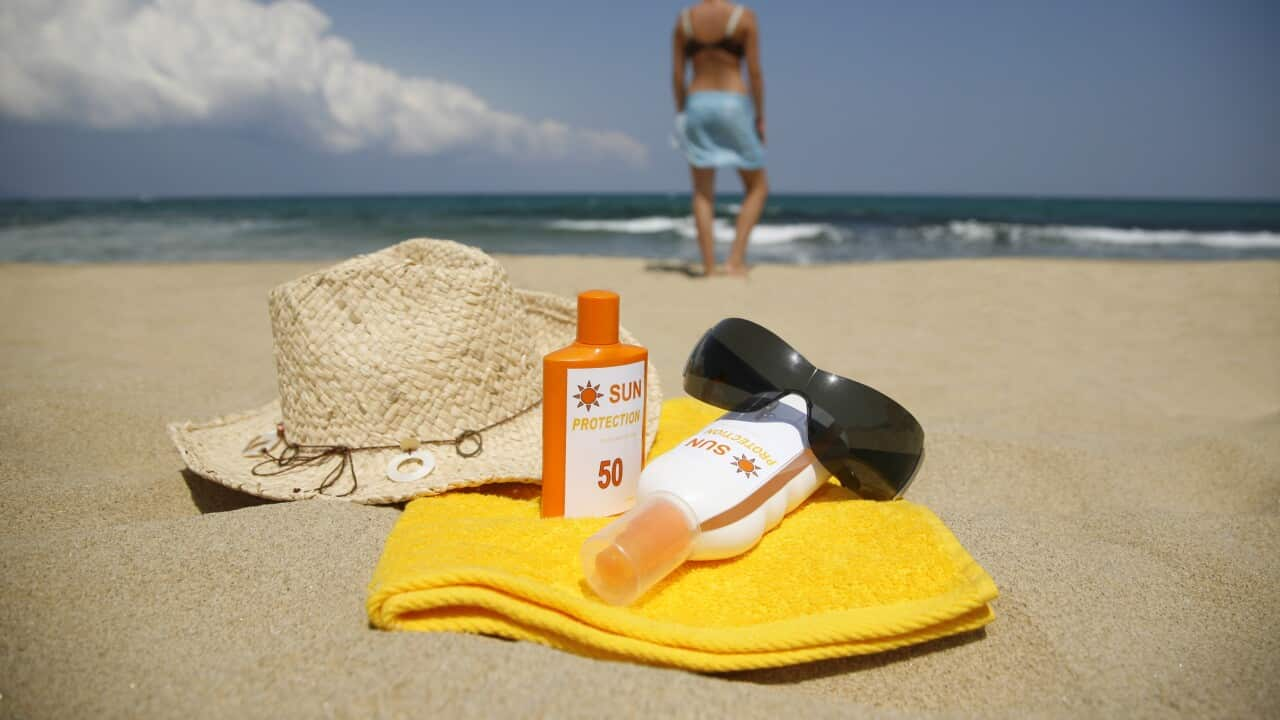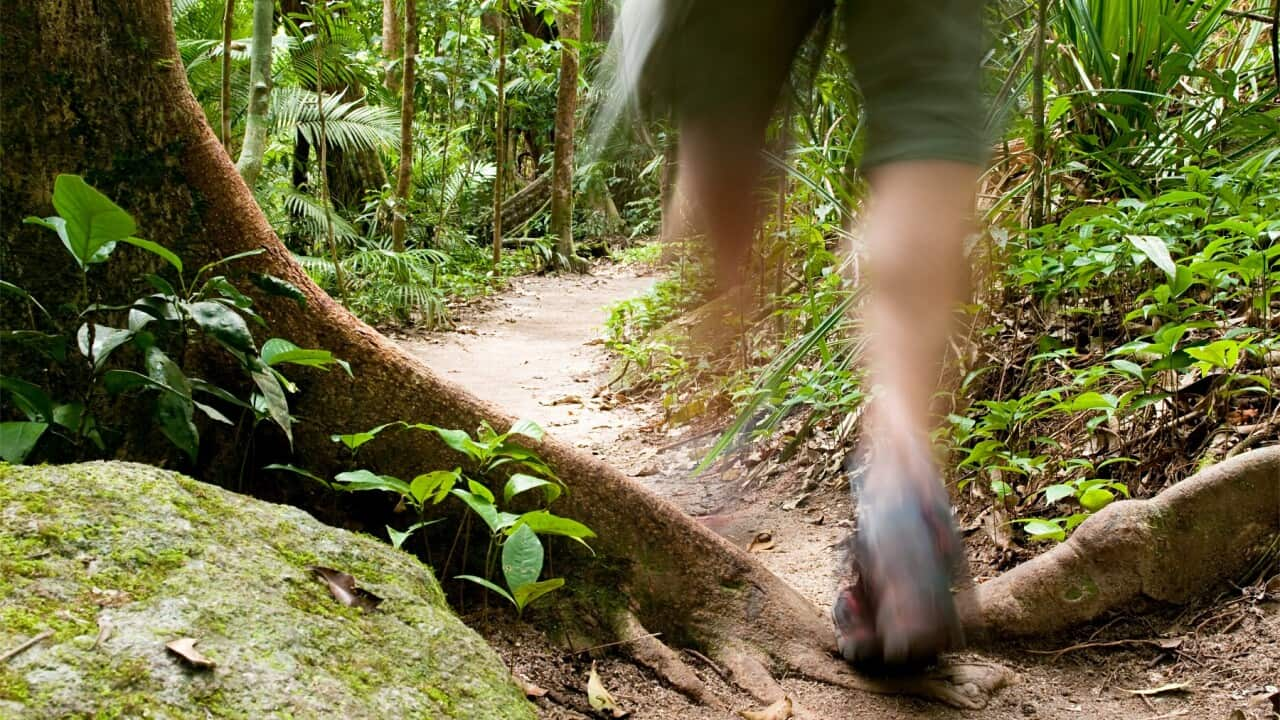Key Points
- All child restraints must comply with Australian standard.
- Laws around child restraints in taxi, rideshare and hire vehicles vary with state and territories.
- Check with the Five Step Test before moving child onto adult seat belt.
Australia has one of highest usage of child car restraints in the world, yet road crashes are one of the leading causes of injury-related death of children.
Using seat belts or car restraints can save lives, but a child must be in the appropriate seat to optimise their safety.
Families are often confused about when to move from one child restraint to another or when to remove the child seat for good.
Associate Professor Warwick Teague, director of trauma services at the Royal Children’s Hospital Melbourne, says such confusion is "real" for many families due to the "gap" between legal and best practice.

Associate Professor Warwick Teague Credit: The Royal Children's Hospital Melbourne
While the requires all children to be safely fastened in the correct child car seat appropriate for their age/height, Professor Teague says the best practice is to look at the "fit" of the child.
"Most important is the fit, which is a combination of height, age and the way our bodies are proportioned."
He adds that the shoulder markers, universally present on all Australian standard-compliant car seats, will tell you when the child no longer fits in that particular seat.
Keep the child in the car seat they started in as long as they fit because the car seat they started represents the safest option.Associate Professor Warwick Teague
For example, Professor Teague advises keeping the child rear facing as long as they fit, using approved child restraint that allows the child to do well past six months.
A little baby travelling rear facing is five times more protected than if they were forward facingAssociate Professor Warwick Teague
Likewise, children should stay in forward facing child car seats or booster seats as long as they fit.

National child restraint laws Credit: ChildCarSeats
When to transition to adult seat belt: The Five-Step Test
According to a national poll by the Royal Children's Hospital Melbourne in 2019, two-thirds (63%) of children aged seven to ten years travel with just an adult seat belt despite being below the recommended height of 145cm.
Professor Teague says you should exhaust all booster seat options before moving on to the adult seat belt and use the "Five Step Test", as recommended in the best practice guideline developed by Neuroscience Research Australia (NeuRA) and Kidsafe Australia.
If your child answers yes to all five questions below, they are ready to move on to an adult seat belt.
- Is your back against the vehicle seat?
- Are your knees bent at the edge of the seat?
- Is the lap belt sitting low on your hips and touching the thighs?
- Is the sash belt across the middle of your shoulder?
- Can you stay in this position for the duration of the travel?
Use approved car seats that are professionally fitted
Even if you are providing the correct seat for the 'fit' of your child, there are more factors you should be aware of. Bernard Carlon, executive director of the Centre for Road Safety, says one of the most common mistakes is the incorrect fitting of the car seat itself, with up to two in three child car seats fitted incorrectly in Australia.
Therefore, it is paramount to carefully follow the manufacturer's instructions or seek advice from authorised fitting stations. Local councils often host free child restraint checking days and in-language programs.
All the child car seats that are on sale within Australia must comply with Australian standards.CEO of Centre for Road Safety, Bernard Carlon
This means you cannot use car seats bought overseas.
Mr Carlon says , a consortium of government agencies and motorist organisations, has a list of approved car seats and their ratings.
It is also recommended not to use car seats older than ten years. Always check the manufacture date when using second-hand or passing the seat down from older siblings.
Taxis and rideshares
The laws surrounding child car restraints in taxis, hire, and rideshare vehicles vary across states and territories, so it is best to check with relevant road authorities.
For example, all child car seat requirements for private cars apply to hire or rideshare vehicles in
In , rideshare vehicles are exempt from child restraint laws, although it is highly recommended to book a vehicle with one or to provide your own.
When booking, always check with your service provider about the availability of child car seats in your state or territory.
Make ongoing adjustments
Prof Teague says child car seats are not "set and forget".
Parents and carers must constantly check the child's fit, which can change with growth, between cars and seats, and even the clothes the child is wearing.
"The child's safety is determined by the physics and the forces (at the time of an accident), which are terrible. If we had them in a less safe position, the risk and reality of injury increases," says Prof Teague.

The obligation is on adults to keep children safe in cars. Credit: MoMo Productions/Getty Images
"So the obligation is on us as adults, to make sure that we do look after their safety."
For more, check the transport authority of your state or territory below:









